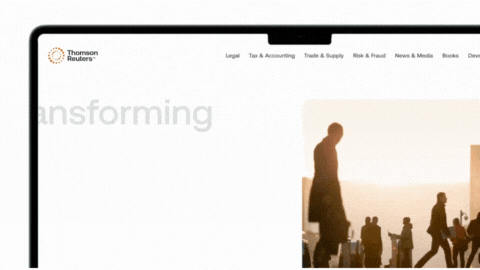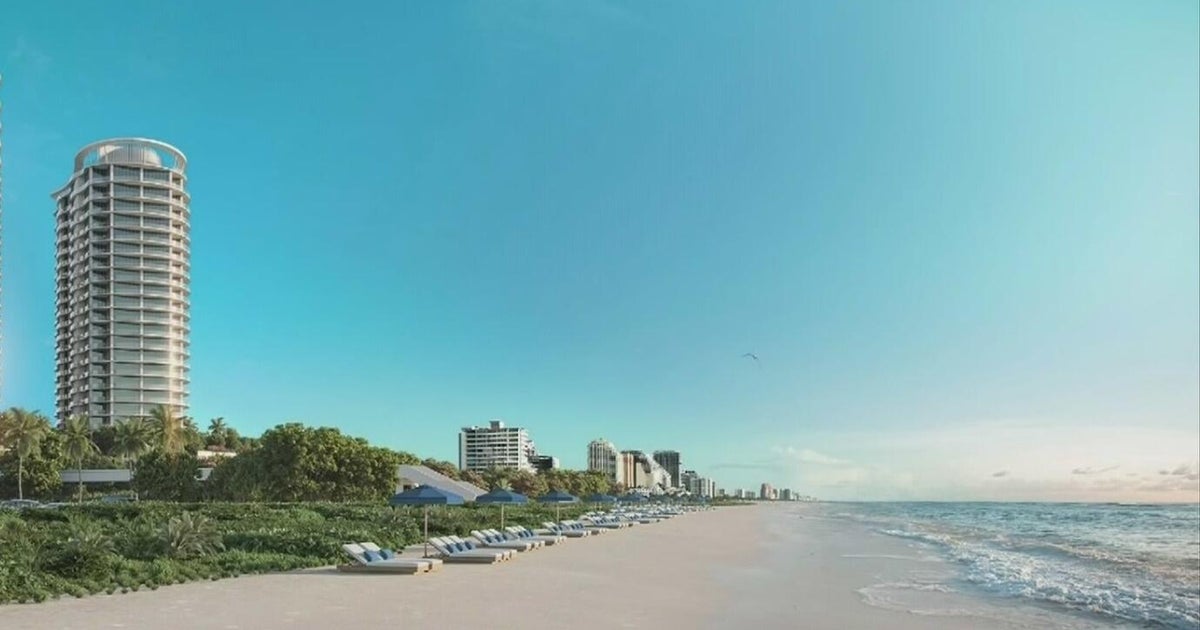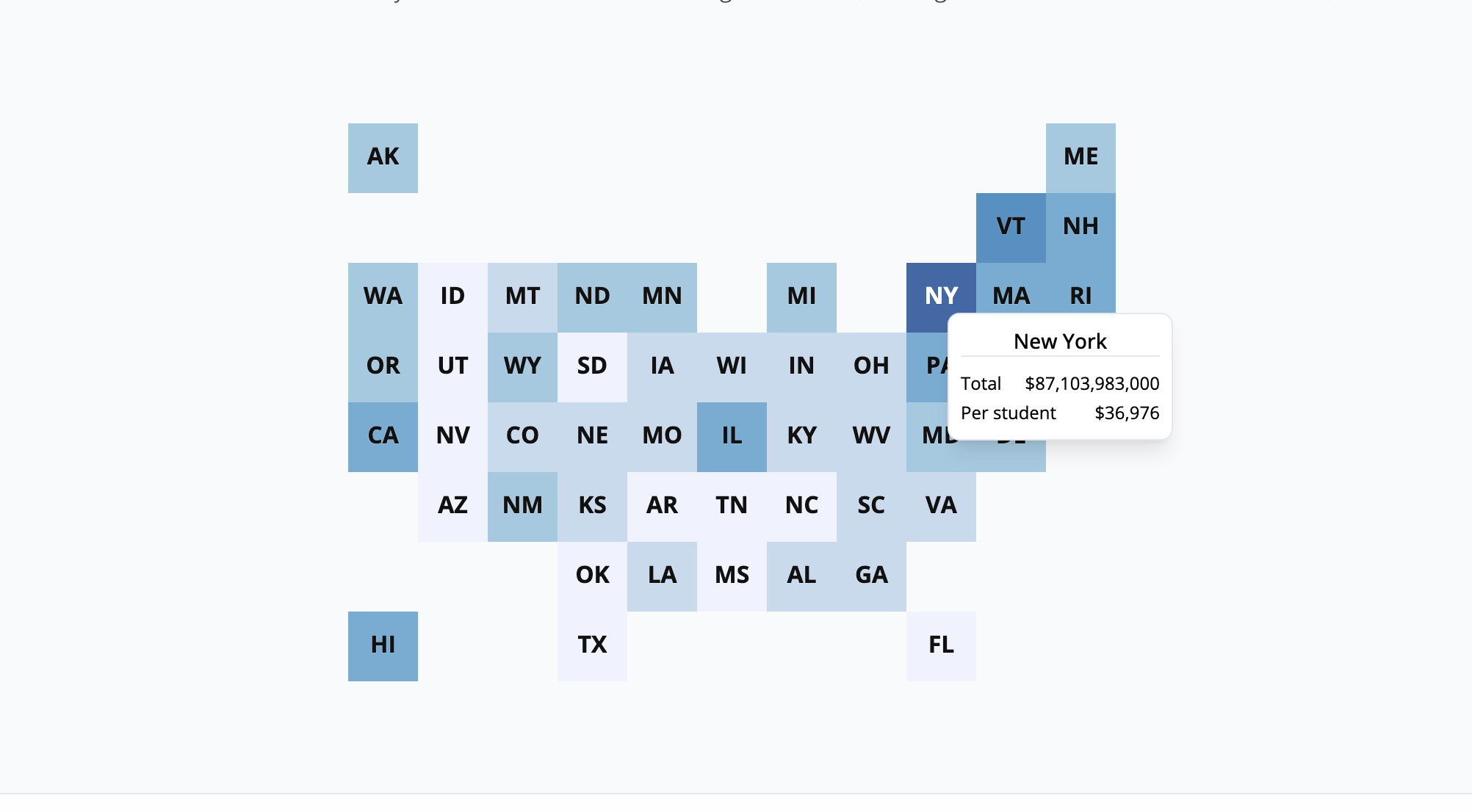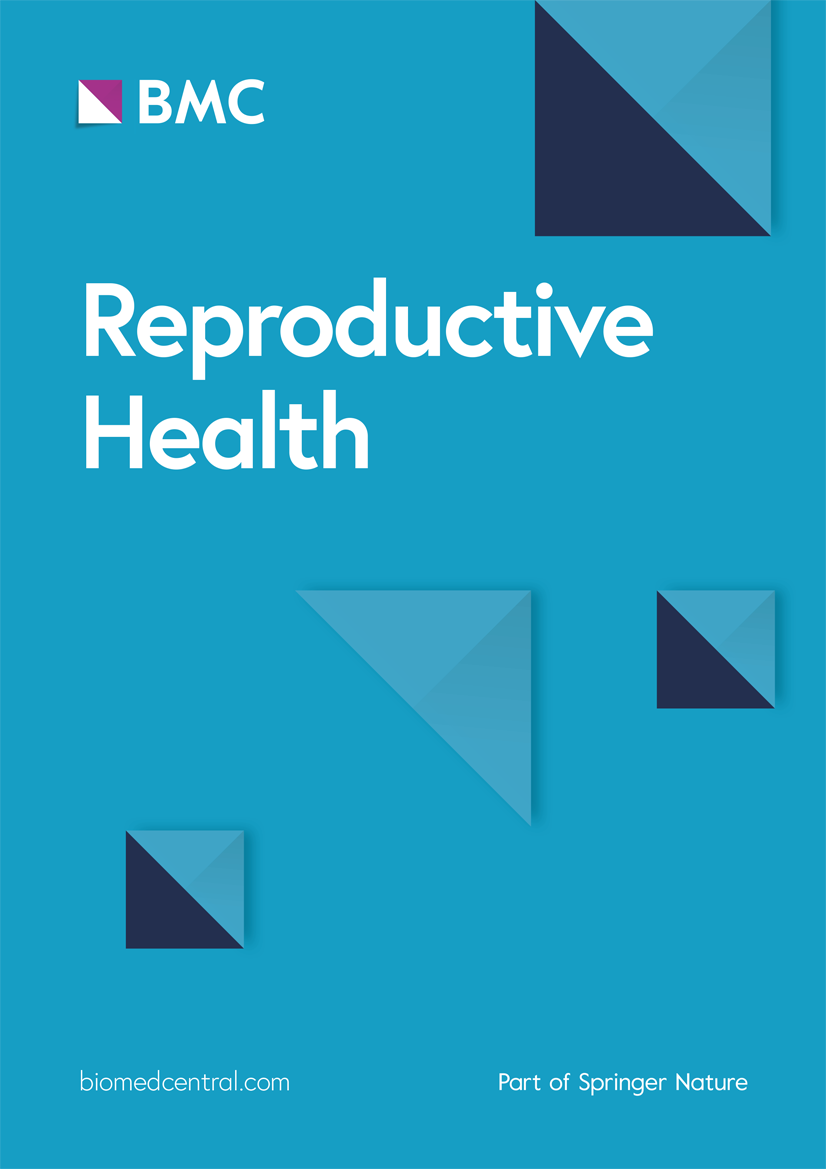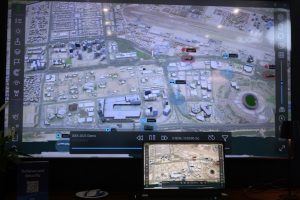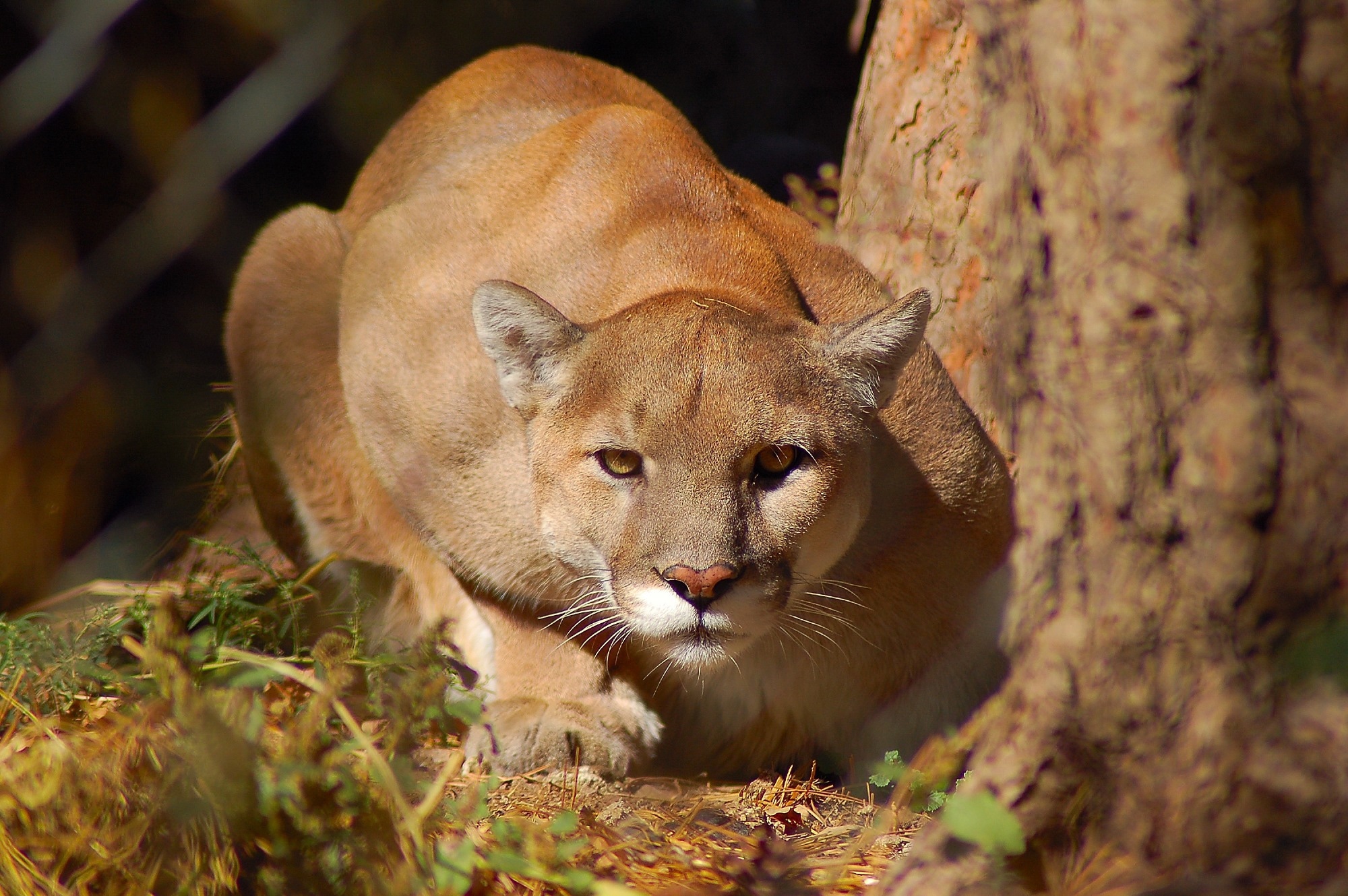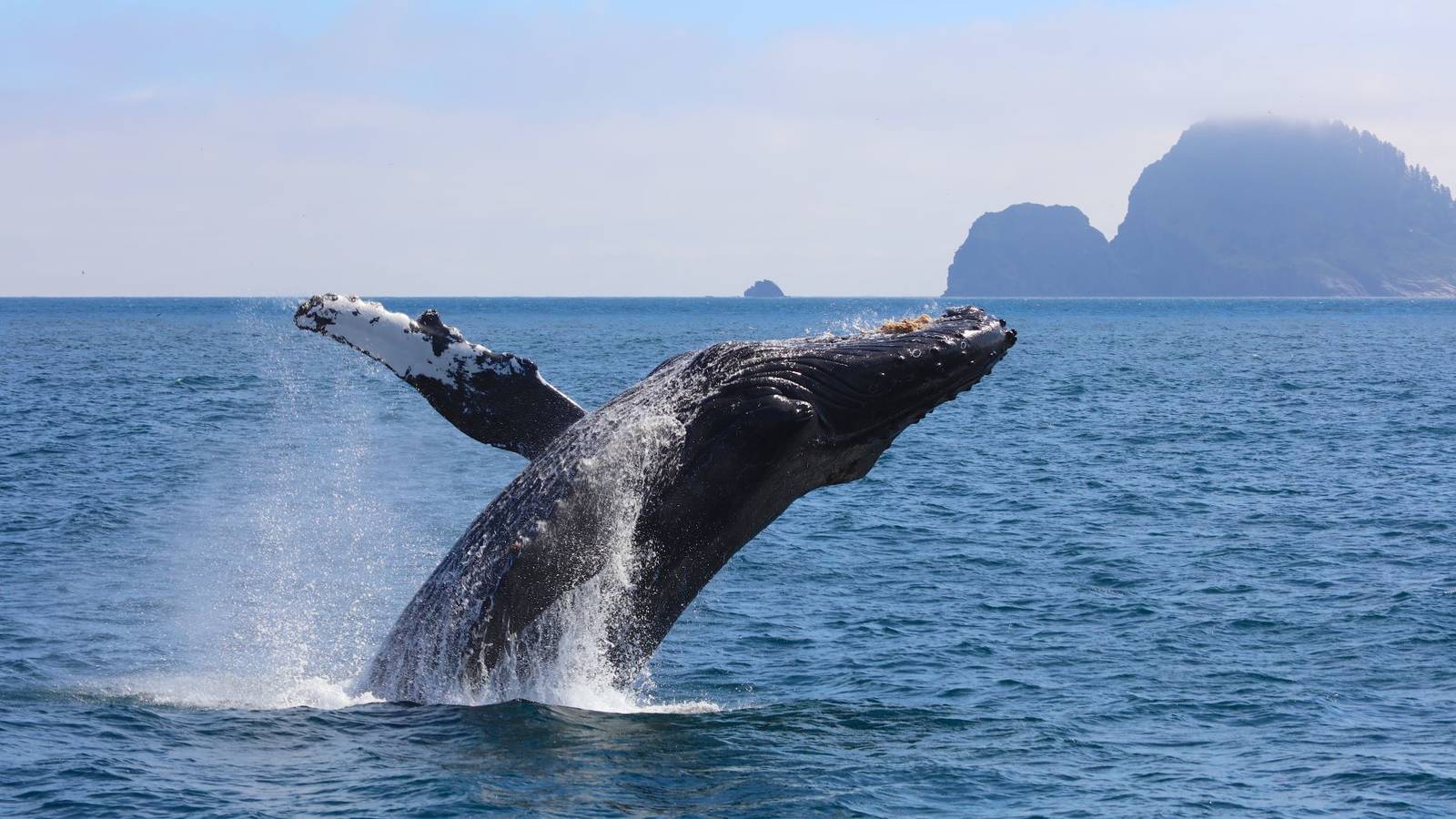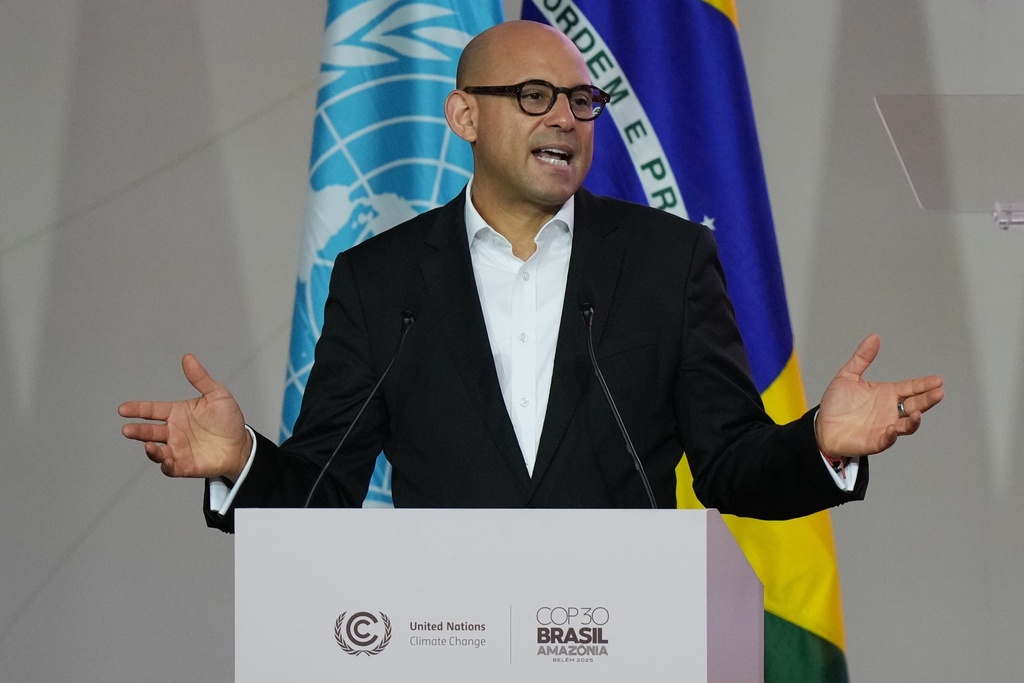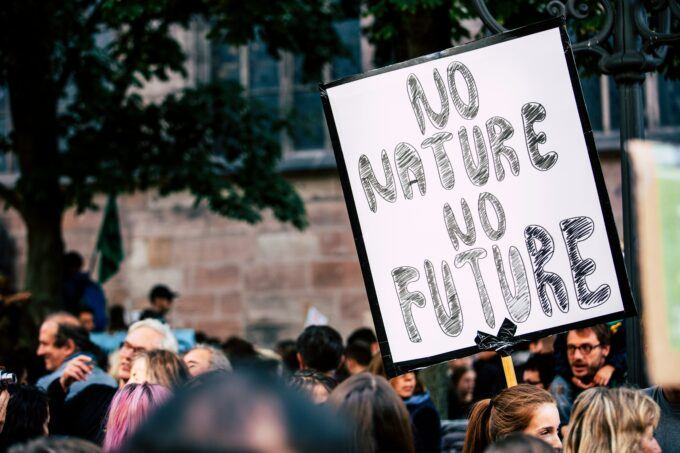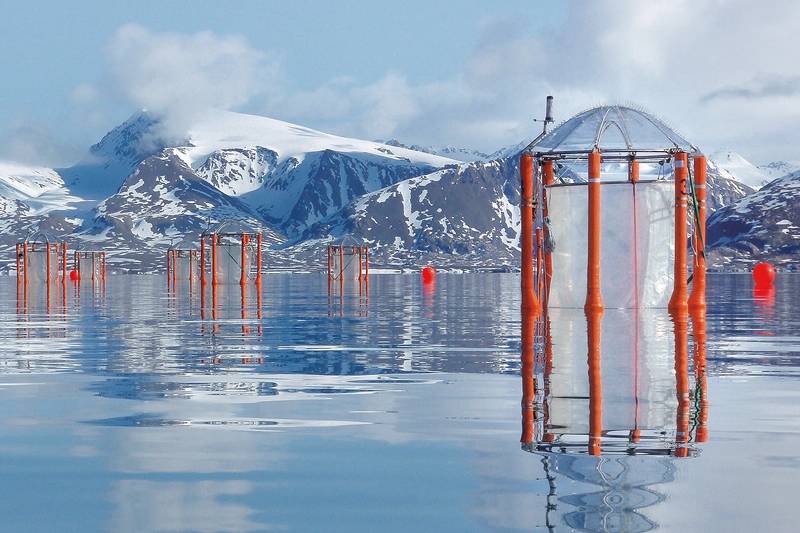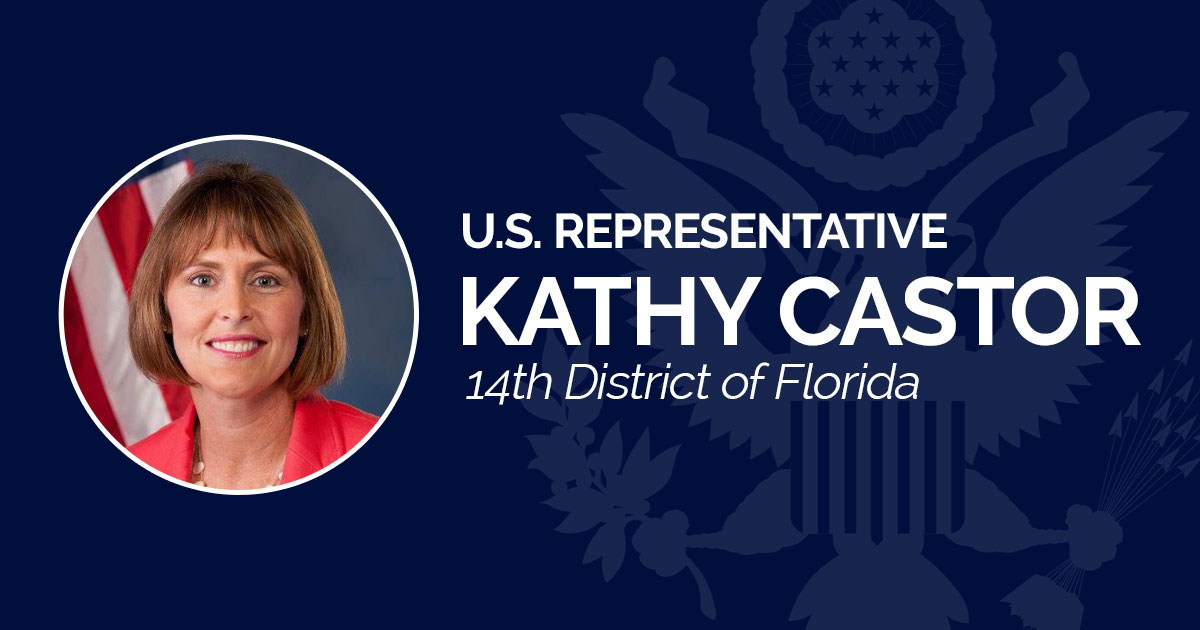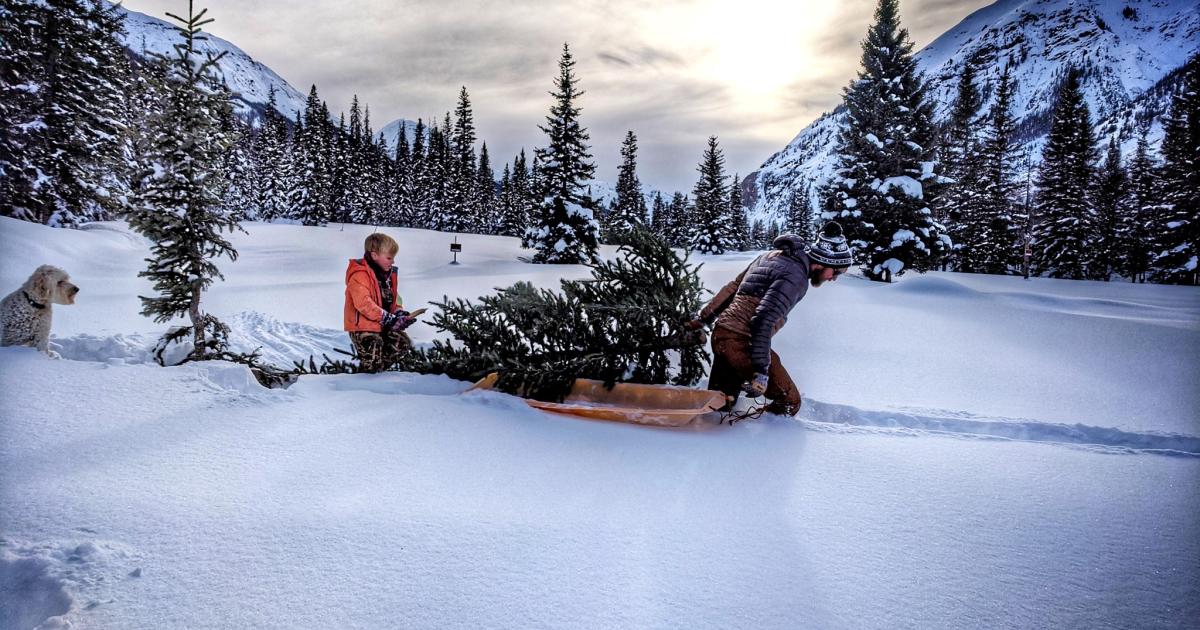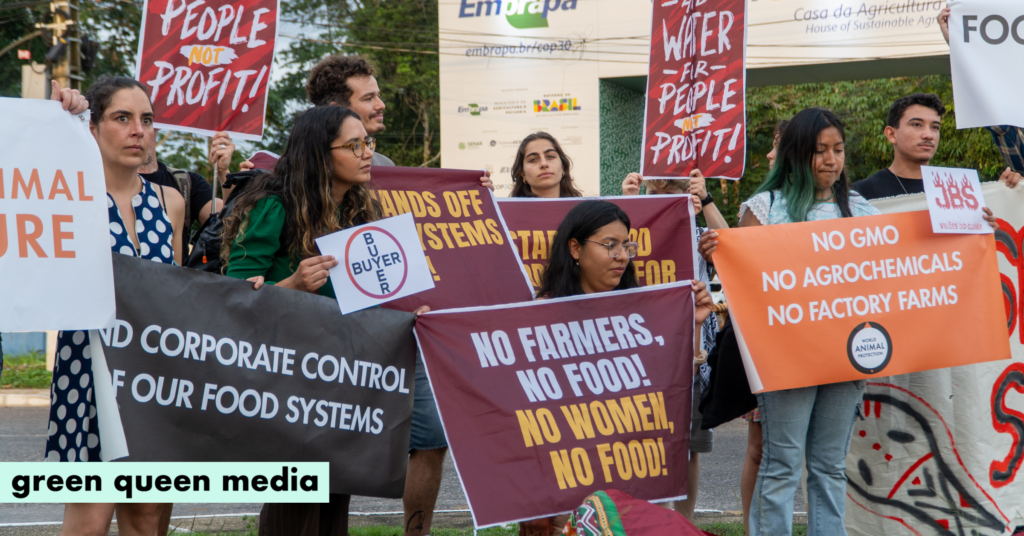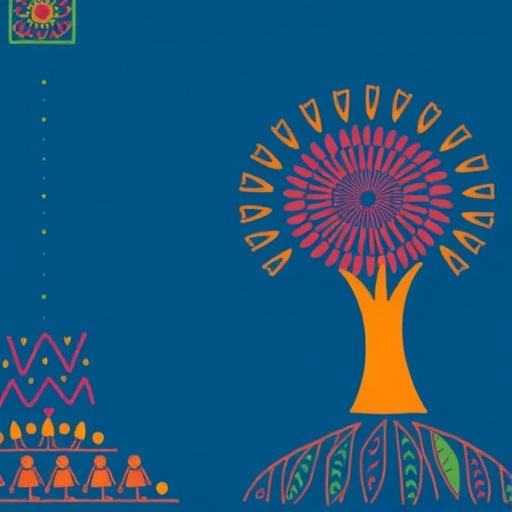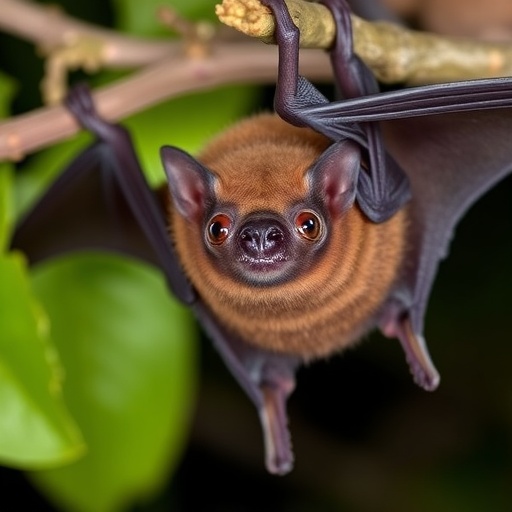New trail development in North Carolina aims to boost ecotourism, protect rare species – WLOS

Report on Land Acquisition for the Wilderness Gateway State Trail and Alignment with Sustainable Development Goals
Project Summary
The Foothills Conservancy of North Carolina (FCNC) has acquired a 22-acre parcel in McDowell County, North Carolina. This acquisition is a strategic step in the ongoing development of the Wilderness Gateway State Trail (WGST), a 170-mile public trail system. The project demonstrates a strong commitment to achieving multiple United Nations Sustainable Development Goals (SDGs).
Advancement of SDG 15: Life on Land
The project directly contributes to the protection, restoration, and sustainable use of terrestrial ecosystems and aims to halt biodiversity loss.
- Habitat Conservation: The acquired land provides a potential habitat for jeopardized species, including the four-toed salamander, bog turtle, and mole salamander, as identified by the North Carolina Natural Heritage Program.
- Ecosystem Connectivity: Upon completion, the trail will link over 65,000 acres of contiguous conservation lands between Chimney Rock and Hickory, creating a vital corridor for wildlife.
- Watershed Protection: The parcel contains a segment of Bakers Creek, a subwatershed of the Second Broad River, safeguarding local water resources.
Contribution to SDG 8: Decent Work and Economic Growth
The development of the WGST is poised to promote sustained, inclusive, and sustainable economic growth for local communities.
- Ecotourism Promotion: The public trail is designed to attract ecotourism to the rural communities within Catawba, Burke, McDowell, and Rutherford counties.
- Economic Diversification: By creating a new recreational asset, the project will play a significant role in diversifying local economies beyond traditional industries.
Support for SDG 11: Sustainable Cities and Communities
This initiative enhances access to safe, inclusive, and accessible green and public spaces.
- Accessible Public Infrastructure: The WGST is being constructed to accommodate a wide range of users, including hikers, bikers, and individuals using adaptive bikes, ensuring inclusive access to nature.
- Sustainable Recreation: The trail provides a sustainable outlet for recreation, connecting communities to the natural beauty of the South Mountains Conservation Corridor. A 10-mile loop will pass through the newly-acquired land, linking Bobs Creek State Natural Area to the Box Creek Wilderness.
Fostering SDG 17: Partnerships for the Goals
The project’s success relies on a multi-stakeholder partnership, demonstrating a collaborative approach to achieving sustainable development.
- Foothills Conservancy of North Carolina (FCNC): Leads the project, managing land acquisition and overall program direction.
- State of North Carolina: Provides critical funding through the Recreation Trails Program and the Complete the Trail Program.
- Tri-State Trails: Serves as the construction partner responsible for building sections of the trail over the next two years.
SDGs Addressed in the Article
- SDG 8: Decent Work and Economic Growth
- SDG 11: Sustainable Cities and Communities
- SDG 15: Life on Land
- SDG 17: Partnerships for the Goals
Identified SDG Targets
SDG 8: Decent Work and Economic Growth
-
Target 8.9: By 2030, devise and implement policies to promote sustainable tourism that creates jobs and promotes local culture and products.
Explanation: The article explicitly states that the public trail is intended to “help attract ecotourism to rural communities and play a significant role in diversifying local economies.” This directly aligns with the goal of promoting sustainable tourism for economic benefit.
SDG 11: Sustainable Cities and Communities
-
Target 11.7: By 2030, provide universal access to safe, inclusive and accessible, green and public spaces, in particular for women and children, older persons and persons with disabilities.
Explanation: The project involves creating a “170-mile public trail system” on conserved land. The article highlights its accessibility by mentioning it is “being built to accommodate hikers, bikers and adaptive bikes,” ensuring access for people with varying physical abilities.
SDG 15: Life on Land
-
Target 15.1: By 2020, ensure the conservation, restoration and sustainable use of terrestrial and inland freshwater ecosystems and their services.
Explanation: The purchase of the 22-acre parcel, which “contains a segment of Bakers Creek, a subwatershed of the Second Broad River,” and its inclusion in a larger conservation area of “over 65,000 acres of contiguous conservation lands” directly contributes to the conservation of terrestrial and freshwater ecosystems. -
Target 15.5: Take urgent and significant action to reduce the degradation of natural habitats, halt the loss of biodiversity and, by 2020, protect and prevent the extinction of threatened species.
Explanation: The article specifies that the conserved land “has potential habitat for the four-toed salamander, bog turtle and mole salamander, which are uncommon species that are jeopardized by loss of natural habitat.” The land purchase is a direct action to protect the habitat of these species and halt biodiversity loss.
SDG 17: Partnerships for the Goals
-
Target 17.17: Encourage and promote effective public, public-private and civil society partnerships, building on the experience and resourcing strategies of partnerships.
Explanation: The project is a collaborative effort involving multiple entities. The article mentions the “Foothills Conservancy of North Carolina (FCNC),” a civil society organization, “working with Tri-State Trails” and receiving funding from “the state from the Recreation Trails Program and the Complete the Trail Program,” which exemplifies a public-civil society partnership.
Implied Indicators for Measuring Progress
SDG 8: Decent Work and Economic Growth
-
Indicator: Development of sustainable tourism infrastructure.
Explanation: The construction of the “170-mile public trail system” serves as a direct indicator of investment in and development of infrastructure intended to attract ecotourism.
SDG 11: Sustainable Cities and Communities
-
Indicator: Area of public green space made accessible.
Explanation: The article provides quantifiable data for this indicator, specifically the “22 acres of land” purchased and the total “170-mile” length of the public trail being developed.
SDG 15: Life on Land
-
Indicator: Proportion of important sites for terrestrial and freshwater biodiversity that are covered by protected areas.
Explanation: The purchase of the 22-acre parcel, which is a habitat for uncommon species and contains a creek, and its addition to “over 65,000 acres of contiguous conservation lands” is a direct measure of increasing the proportion of protected land important for biodiversity. -
Indicator: Number of threatened species with protected habitats.
Explanation: The article explicitly lists the species whose habitat is being protected: “the four-toed salamander, bog turtle and mole salamander.” This list serves as an indicator of progress towards protecting threatened species.
SDG 17: Partnerships for the Goals
-
Indicator: Number and type of multi-stakeholder partnerships.
Explanation: The article identifies a partnership between a civil society organization (Foothills Conservancy of North Carolina), another organization (Tri-State Trails), and a public entity (the state government), which serves as a qualitative indicator of a successful partnership. The funding from state programs (“Recreation Trails Program and the Complete the Trail Program”) is a tangible measure of this collaboration.
Summary of SDGs, Targets, and Indicators
| SDGs | Targets | Indicators Identified in the Article |
|---|---|---|
| SDG 8: Decent Work and Economic Growth | 8.9: Promote sustainable tourism that creates jobs and promotes local culture and products. | The development of a 170-mile trail system to “attract ecotourism” and “diversify local economies.” |
| SDG 11: Sustainable Cities and Communities | 11.7: Provide universal access to safe, inclusive and accessible, green and public spaces. | The creation of a 170-mile public trail on 22 newly acquired acres, designed to accommodate hikers, bikers, and “adaptive bikes.” |
| SDG 15: Life on Land | 15.1: Ensure the conservation of terrestrial and inland freshwater ecosystems. | The purchase of 22 acres containing a segment of Bakers Creek, adding to over 65,000 acres of contiguous conservation lands. |
| 15.5: Halt the loss of biodiversity and protect threatened species. | Protection of habitat for the four-toed salamander, bog turtle, and mole salamander. | |
| SDG 17: Partnerships for the Goals | 17.17: Encourage and promote effective public, public-private and civil society partnerships. | A documented partnership between Foothills Conservancy of North Carolina (FCNC), Tri-State Trails, and the state, with funding from state programs. |
Source: wlos.com

What is Your Reaction?
 Like
0
Like
0
 Dislike
0
Dislike
0
 Love
0
Love
0
 Funny
0
Funny
0
 Angry
0
Angry
0
 Sad
0
Sad
0
 Wow
0
Wow
0

